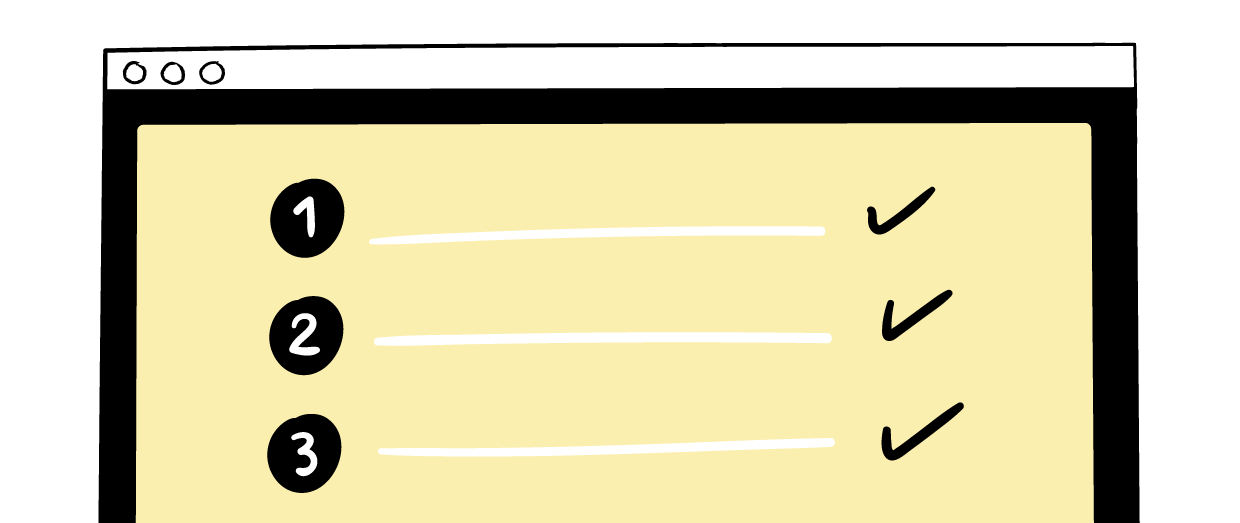Working from home: HMRC tax relief 2024/25 explained


Fresh insights from 2,650 finance decision-makers across Europe
Many of us had to shift gears and work from home at some point throughout the pandemic. In fact, the latest numbers show that 5.6 million people went from the office to their home office (or kitchen table) at some point during 2020. Surprisingly though, only around half made applications for working from home tax relief – and maybe you’re still missing out on it today.
We get it. Your employer and HMRC usually handle the tax codes, benefits and financial stuff. It’s normally out of your hands, and it sounds like more effort than it’s worth. But we’re here to show you just how simple and quick it is.
Let’s take a look at what the HMRC working from home allowance is and how to make a claim if you’ve been working from home. We’ll help you get the working from home tax relief that’s due.
What is the HMRC working from home allowance?
The working from home allowance is a tax relief offered by HMRC to compensate employees for the costs of remote employment. You know, all the extra gas and electric bills associated with running a home office, for example.
Effectively, the government reimburses the cost in the form of a tax credit for working from home.
The money is taken off your current tax bill that’s paid every month, meaning that you’ll keep slightly more of your salary. But if you wait to claim until the end of the tax year, you may receive a straight-up refund in the form of a cheque.

How much can you claim from HMRC for working from home?
If you’re eligible for working from home allowance, you can claim a flat rate of £6 per week in tax relief. The amount of tax relief you can receive is proportionate to the tax you pay.
Basic rate taxpayers receive 20% of the £6 per week figure, which is £1.20. Across one year, this adds to £62.40.
Higher rate taxpayers also receive their equivalent tax bracket back in the form of tax relief, which is 40%. This is £2.40 per week, or almost £125 per year.
Finally, those who earn above £100,000 and pay an additional rate tax of 45%, are eligible for £2.70 per week, which leads to £140.40 per year.
What if it doesn’t cover the cost?
Due to the sheer number of claims processed over the past two years, it would be virtually impossible for HMRC to deliver tax relief on a case-by-case basis. This means that for most of us, £6 per week is a hard limit.
Those who would like to cover extra needs, such as money you’ve spent on uniforms, tools or professional subscriptions, have the option to do so. To do this, fill out HMRC form P87 for working from home.
In this case, evidence like receipts and other documentation is required. While keeping track of all your paper receipts may feel outdated (not to mention bad for the environment), it’s what HMRC requires to process your transactions. Tip: Use Pleo's receipt scanner to store digital copies of your proofs of transactions so that you can find them easily.

Who can claim working from home tax relief?
You’re eligible for working from home tax relief if you have to work from home – for example because:
- Your employer doesn’t have an office
- Your job requires you to leave far away from your office
The main purpose of regulation around this tax relief is to prevent double claims. This means that if your employer has already paid for or reimbursed the extra costs of working from home, applying for tax relief on top would be slightly cheeky.
Moreover, you cannot have chosen to work from home – it must be a requirement. For example, if you’re required under government restrictions, or there are no facilities available for you to complete your work at the office.
This applies to those claiming working from home tax relief Scotland, and working from home tax relief Wales, along with those in Northern Ireland. Unfortunately, working from home tax relief Ireland is totally different since it isn’t part of the UK.
Important: You don't need to work from home full time. Even one day is enough to claim for the whole year, as long as your employer required it, and it wasn't just a choice.
You might also be interested in: ‘All about HMRC uniform tax 2024/25’
What can you claim the working from home tax relief for?
As part of HMRC working from home scheme, the compensation can be claimed for extra household costs that have occurred as a result of your work. While this includes the electricity and gas bills associated with using your home as an office, tax relief also exists with regard to business phone calls, for example.
Remember that HMRC specifies that you cannot apply for expenses that affect your private life – even if there is a crossover between certain expenses. Unfortunately, this means no claiming for meal deals.
Never lose a receipt again: Give your company a friendly nudge
Usually, it’s the finance team at your organisation that handles employee expense claims, receipt reconciliation and reimbursements. But if this isn’t the first time that you’ve found yourself picking up the slack with expense claims, it might be time to nudge your company into the 21st century.
We know just how difficult it is to try and file away all of your receipts, let alone how time consuming it is to organise them when it comes to making a claim. But why should that mean that you miss out on the tax relief that you are owed?
With Pleo’s receipt scanner, you’ll get a notification on your phone as soon as the transaction goes through the till. Simply scan your receipt then and there to lock it in – and when you’re ready to make a claim, watch your organisational headaches disappear.
And when your cheque comes in, go ahead and order that ergo chair you’ve had your eye on for your home office.